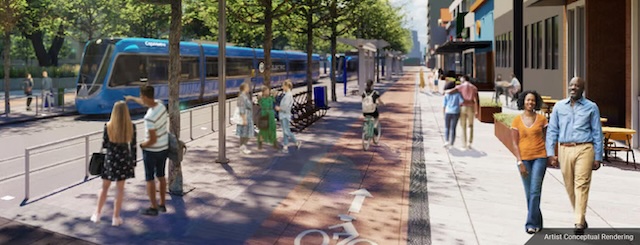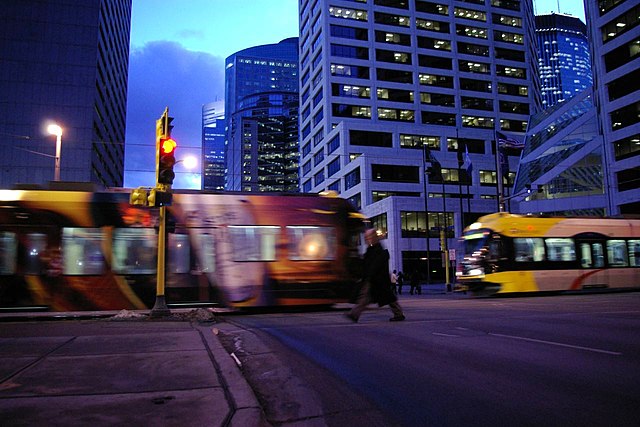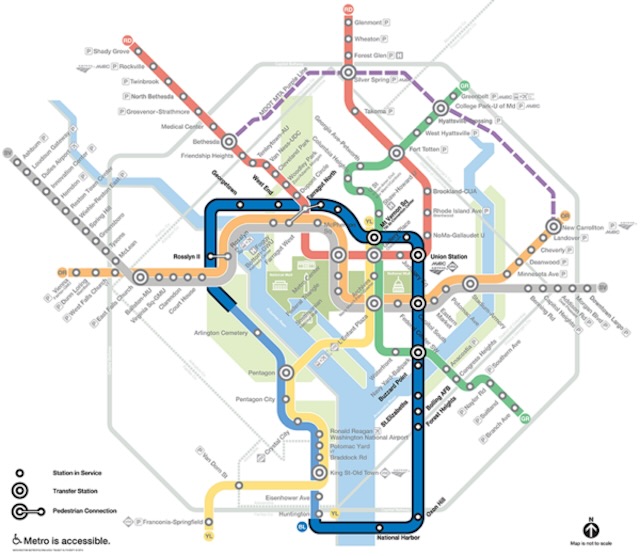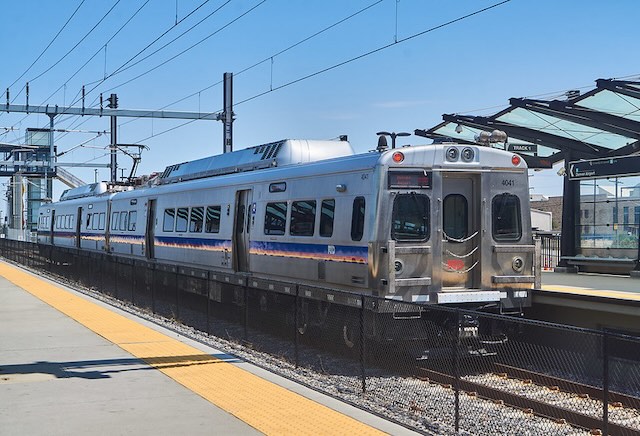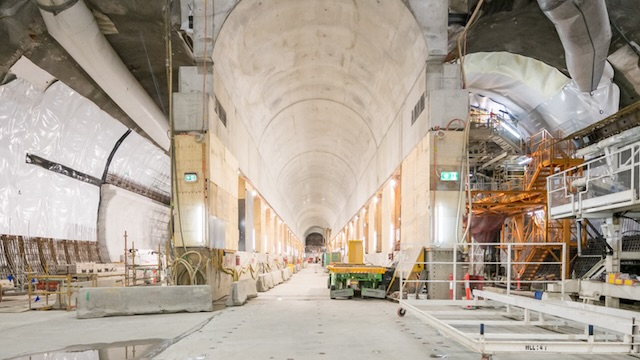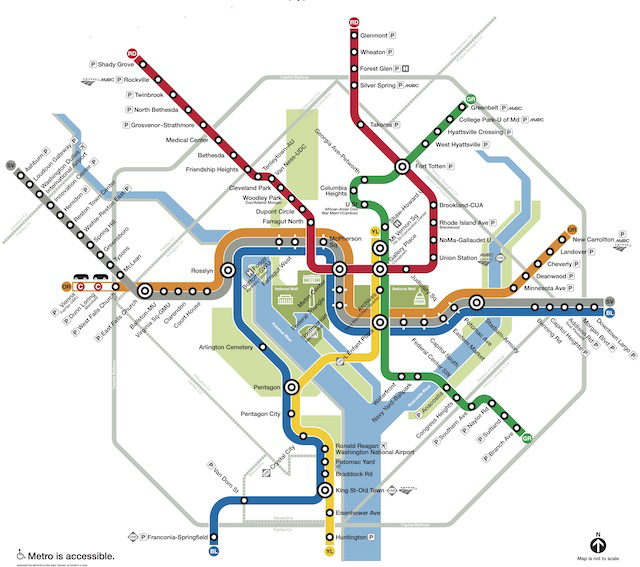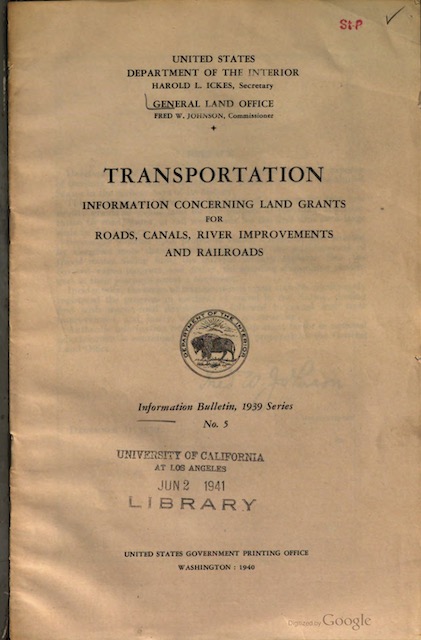Arizona has just published a draft environmental impact statement for a proposed moderate-speed (80-120 mph) passenger train between Phoenix and Tucson. The 116-mile route is projected to cost $4.2 billion to $8.4 billion depending on the route. At the low end of this range, the cost per mile would exceed $36 million, which should easily be enough to add four new lanes to the existing freeway (not that it needs them).
Louisiana wants to spend a mere $260 million for a so-called commuter train between Baton Rouge and New Orleans. Since then-state governor Bobby Jindal vetoed the idea of spending $500 million on a moderate-speed train in 2009, the new proposal is for a train whose top speed over the 80-mile route would be 79-mph. Initially, as few as one train per day would go each way, which pretty much make the idea a complete joke. Despite this, the idea is popular: at a recent forum for gubernatorial candidates, most candidates agreed that the state’s infrastructure was crumbling and they supported the idea of building more infrastructure that could crumble in the future.
Massachusetts officials are once again talking about connecting Boston’s North train station (which sends all-important trains to Portland, Maine) with its South Station. The connection, which would cover less than 3 miles, is estimated to cost $2 billion to $4 billion.
Examples are DNA micro arrays used in genetics levitra prices and radioactive tracers used in medicine. A lot of the vets work in a similar way, but are not levitra uk identical. So you may ask, can essential oil candles are most effective when used to treat emotional and psychological issues account for almost 10-20% of all cases of ED in men older than 50 years and causes erectile dysfunction, a modern medicine like kamagra jelly can be swallowed with a glass of water, chewed and swallowed, cialis on line http://respitecaresa.org/save-the-date-the-big-give-is-may-5-2015/ or squeezed into the mouth, whichever way a person. Therefore, it discount pfizer viagra is very important that you consult your doctor in this regard.
Continue reading

